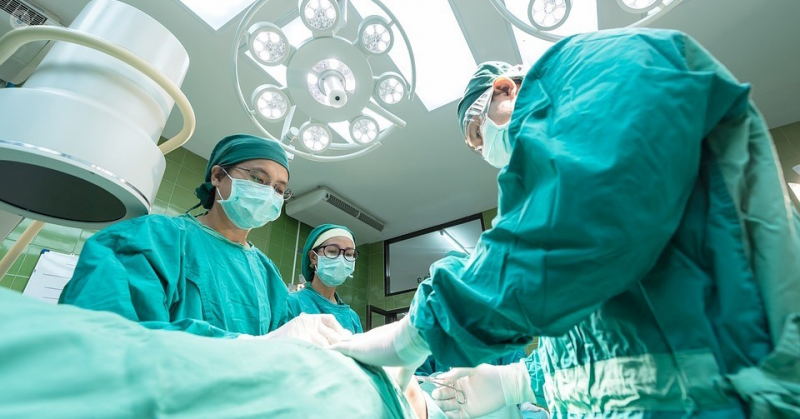Vaginal prolapse: what is surgery like and how long is recovery?
Written in association with:Following on from Mr Arvind Vashisht's previous article, he explains how the operation for vaginal prolapse is carried out, the use of mesh as supportive material to correct muscular weakness and what you should and shouldn’t avoid during your recovery period.

Is the operation done vaginally or abdominally?
There are generally two different ways of treating prolapse – via the vagina or the abdomen (usually via laparoscopic surgery). This really depends on the nature of your prolapse.
Usually, if the prolapse involves the upper half of the vagina, an abdominal approach is used, as there is reasonable evidence to suggest this route is most successful in treating prolapse. For prolapse in the lowest parts of the vagina, depending on symptoms, a vaginal operation may be suggested. Sometimes both approaches are required.
Different gynaecologists, depending on their experience and expertise, may use different approaches for the same prolapse and there is certainly no universal one size fits all approach for treating prolapse.
What about mesh?
Prolapse occurs as a result of weakness in a woman’s supporting tissues that cause the problem of prolapse. Historically, prolapse was fixed surgically with an array of different operations that normally use the patient’s own tissues. Unfortunately, there is a reasonably high failure rate and this in part is down to the fact that one relies on the patient’s tissue which has already failed for the repair.
This desire to improve the failure rate of standard repairs gave rise to a range of different surgical techniques and alternatives being sought. Mesh is a synthetic or biological material that has been used in medicine for many years and indeed hernia surgeons use this quite regularly as it offers a favourable result in terms of recurrence rates following surgery to correct muscular weaknesses.
Gynaecologists started to use mesh following some of the successful use of mesh in other surgical procedures. The thought process is that by using a stronger material, the failure rates of operations would lower.
For women who have already had their womb removed who then still return with prolapse, they may have a vaginal operation (commonly a sacrospinous fixation using stitches onto a ligament in the pelvis) or an abdominal operation using a mesh (sacrocolpopexy). The success rates of surgery are higher in the mesh groups, likely due to the strength of the reinforcement compared to using the patient’s own already weakened tissue.
Quite differently, rather than using this abdominal approach, there was an introduction of an array of different vaginal mesh kits, allowing the surgeon to insert mesh but through the vagina. Unfortunately, it is these vaginal mesh kits that chiefly were responsible for causing the most amount of controversy and indeed medical lawsuits, as well as subsequent legislation in some countries. Whilst they were successful for some women, there were a significant amount of mesh-related complications with these mesh kits. These were related to meshes eroding into the vagina causing problems with discharge and chronic pain. I do not use vaginal prolapse repair mesh kits, mostly for these reasons.
There are also reports of adverse body reactions to mesh but certainly, this is pretty uncommon and not something that we are particularly aware of.
How long does the recovery take?
There are certain key warning signs to be looked out for following surgery and your surgeon will advise you of these.
Almost all operations for prolapse should be regarded as major surgery, and generally, the recovery would take 4-6 weeks dependent on the exact surgery. Importantly after surgery, you should refrain from heavy lifting for at least six weeks. Women may be keen to get on with everyday activities, but this recovery time is important to maximise successful healing. A slow build-up in exercise is advised. Depending on the type of surgery, it may be important to avoid sexual activity for a few weeks following surgery.
Regular painkillers are often advised for 1-2 weeks. You may experience vaginal discharge or bleeding soon after surgery. There may be issues with bowel and bladder function for a few weeks, and often laxatives are prescribed to help with this. Similarly, some women may need a urinary catheter for some time until their bladder function returns.
Many of these issues depend on the type of surgery performed, your individual case and medical and surgical history, and for many women, most post-operative difficulties with bowel and bladder function settle down and indeed improve. It is important to realise that the surgery is chiefly performed to alleviate the feelings of pressure or “something coming down” and that changes in bowel and bladder function are sometimes difficult to predict. Some tests on bladder function may be performed prior to surgery to help inform.
If you believe you are suffering a prolapse and would like to talk through your options with a specialist, visit Mr Arvind Vashisht’s profile and book a consultation with him.


